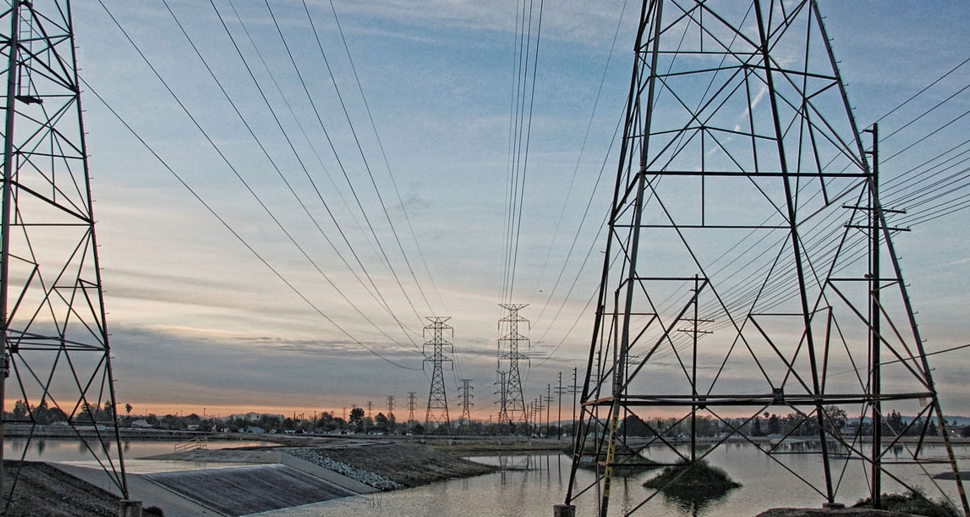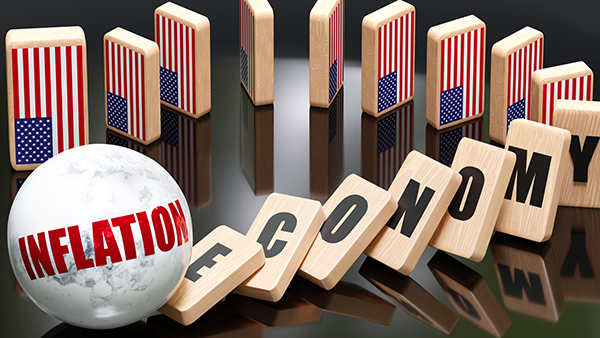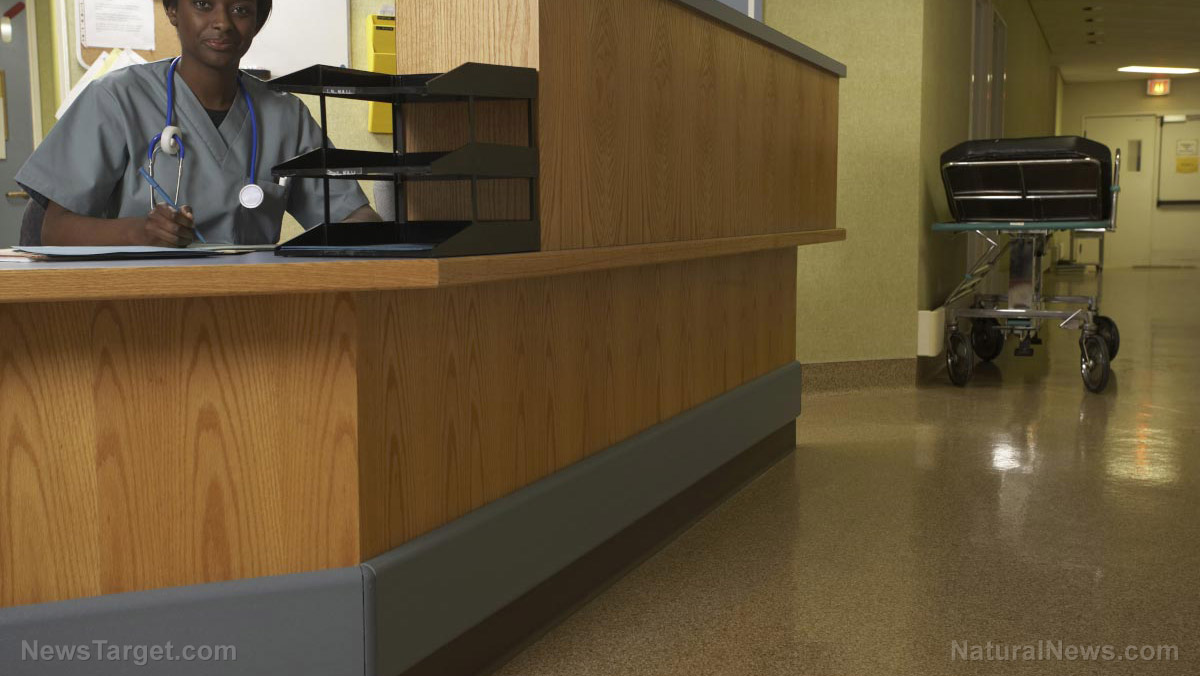Monthly expenses of Americans have now outpaced their personal income growth, says NRI exec
11/01/2022 / By Mary Villareal

The monthly expenses of Americans have now outpaced their personal income growth.
This was according to Kristi Rodriguez, senior vice president of the Nationwide Retirement Institute (NRI), which provides expertise and resources on retirement planning concepts that include Social Security optimization, healthcare and long-term care considerations and tax-efficient retirement income.
“Households are spending more, not as much because they want to, but because they have to, with increased costs for essential items such as gasoline, groceries and healthcare,” she said. (Related: Forty-seven percent of US households live paycheck to paycheck as families struggle to save money in poor economy.)
Many families are at risk of depleting their cash reserves, which is especially concerning, considering that most signs point to a recession in 2023. “However, we are seeing incomes boosted by rising wages and low risk of default for key financial debts such as their mortgage, car loan, etc. If a recession does occur next year, there will likely be some job losses with some families falling even further behind,” the NRI executive noted.
Inflation is now taking its toll on people’s emergency funds as the share of workers who say they are living paycheck-to-paycheck has surged among middle- to high-income earners – now at 63 percent and 49 percent, respectively.
This is up from the previous 57 percent and 38 percent a year ago, according to an independent survey of almost 4,000 workers conducted by online loan specialist LendingTree.
Overall, around 65 percent of employed consumers were living paycheck-to-paycheck in September, which is up 60 percent from a year ago. The personal savings rate now fell to 3.3 percent in the third quarter, compared to 3.4 percent previously.
The government said this is the lowest level since the Great Recession. Adjusted for inflation, savings are down 88 percent compared to the 2020 peak, and 61 percent lower than pre-pandemic.
On a larger scale, personal savings hit $629 billion in the second quarter of 2022, down from $1.41 trillion in the second quarter of 2019.
Millions of Americans also face rising prices of essential goods and services. Food and rent have been eating up their savings and are drying up after a post-pandemic spending splurge.
There still seems to be some pent-up demand from the pandemic, said Larry Pon, a financial planner based in Redwood City, California.
For instance, Kraft Heinz Co. stated that its third-quarter prices were 15.4 percentage points higher compared to the previous year, while national retail sales rose 8.2 percent on the year in September. To help retain and attract workers, some companies like Starbucks and life-insurance company Transamerica started offering “savings programs” and “emergency savings accounts.”
This is a genuine cause of concern as only 68 percent of people said they have $400 in emergency cash or its equivalent, as per the most recent survey on the issue by the Federal Reserve, despite the figure steadily climbing from 50 percent in 2013.
Real wages decline as inflation rises
People are also stuck between rising prices and rising interest rates, with recession becoming even more likely. While wages increased at a rate of 5.7 percent in the second quarter, that is still less than the current 8.2 percent annual inflation rate.
This means that inflation has steadily caused real wages to decline. The consumer price index, which measures the average change in prices for consumer goods and services, is still hovering near the highest levels since the early 1980s.
Real average hourly earnings actually fell 0.1 percent for the month and are down three percent from a year ago. A separate report by Salary Finance also found that two-thirds of working adults said they’re worse off financially than they were a year ago.
Even high-income earners are said to be stretching their money too thin. Of those earning more than six figures, 49 percent still reported living paycheck to paycheck, which is a significant jump from 38 percent last year.
Moreover, average wages in the bottom two quartiles of the income ladder had been growing faster than wages in the top two quartiles over the past 12 months, as per recent data from the Federal Reserve Bank of Atlanta.
Workers have seemingly limited options, given the state of the economy. “With inflationary pressures not expected to subside anytime soon, living paycheck-to-paycheck has become the norm,” said Anuj Nayar, LendingClub’s financial health officer.
“Many are pessimistic about their odds of increasing their paycheck by switching jobs, and some households will become more vulnerable to swings in labor-market conditions. This could cause many to struggle with the upcoming holiday season.”
Watch the video below for more information about the effects of inflation on Americans.
This video is from the Diane Sosen channel on Brighteon.com.
More related stories:
More Americans are living paycheck to paycheck as inflation persists.
Nearly two-thirds of Americans are now living paycheck to paycheck amid inflation crisis.
Sources include:
Submit a correction >>
Tagged Under:
Americans, Bubble, Collapse, crisis, debt bomb, debt collapse, economic collapse, economy, finance, Inflation, market crash, money supply, recession, risk, savings, working class
This article may contain statements that reflect the opinion of the author
Get independent news alerts on natural cures, food lab tests, cannabis medicine, science, robotics, drones, privacy and more from NewsTarget.com
Get independent news alerts on natural cures, food lab tests, cannabis medicine, science, robotics, drones, privacy and more from NewsTarget.com
RECENT NEWS & ARTICLES
COPYRIGHT © 2017 DEBT COLLAPSE NEWS




















